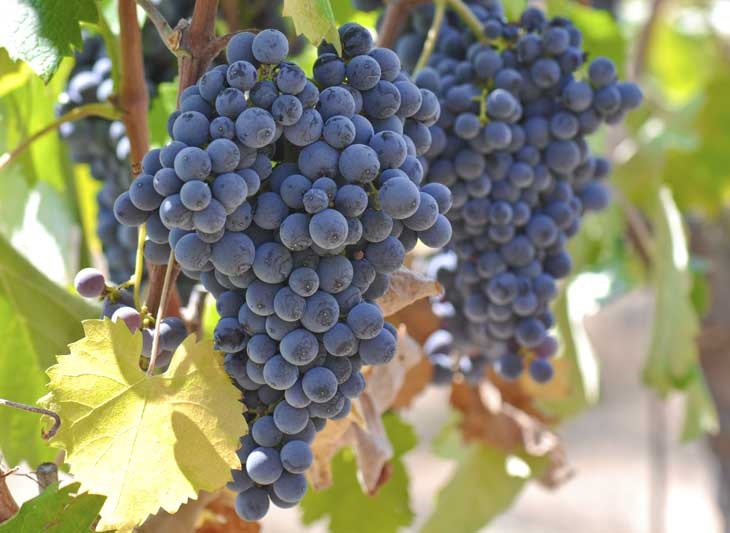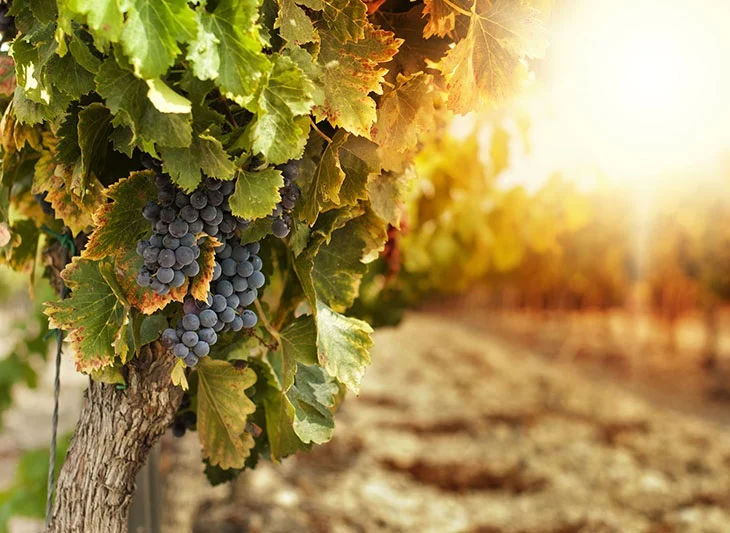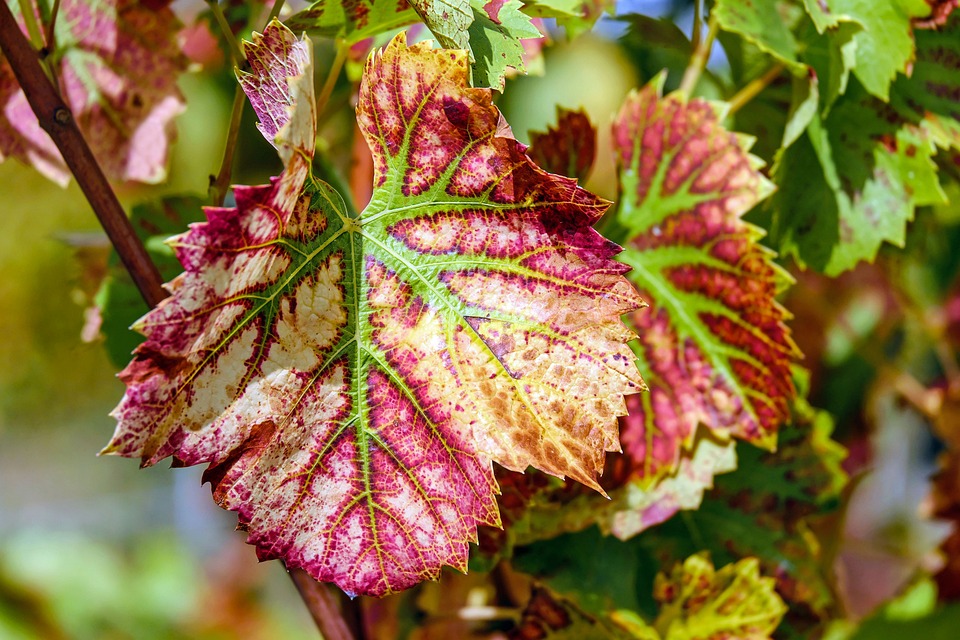APEC Wine Regulatory Forum
Background
The APEC Wine Regulatory Forum (WRF) is a public-private partnership of government officials and industry stakeholders dedicated to regulatory cooperation and facilitation of the wine trade in the APEC region.
Wine is a highly regulated product and consequently can be subject to technical barriers to trade. Prior to the first meeting of the WRF in 2011 in San Francisco, industry had estimated the rising number of unnecessary non-tariff barriers costs businesses (primarily small and medium sized wine producers) USD $1 billion annually. A significant portion of these costs is attributed to unnecessary testing and multiple, overlapping export certificates for wine imports into developing economies. Eliminating burdensome and duplicative requirements in the APEC region can reduce the costs to industry and enable governments to shift scarce resources to higher risk products.
The WRF was established in 2008 with the following goals:
- Examining options to simplify and harmonize wine regulation across the APEC region, reduce technical barriers to trade and protect consumers, and
- Sharing information and building capacity in wine regulation across the APEC region.
The WRF was funded by two initial one-year projects by the United States and New Zealand in 2011 and 2012 and a multi-year project led by the United States from 2012-2018. The WRF met annually with the high-level goals of the reduction in export certificates and certificates of analysis. Projects aimed at bringing transparency to wine regulations in the region led to the creation of numerous compendia on key topics. A multi-year technical assistance project aimed at increasing the accuracy of wine testing in domestic labs was a key component of the WRF. A scientific paper entitled “Microbiologically, wine is a low food safety risk consumer product” was drafted by WRF participants and later endorsed by the World Wine Trade Group and presented at the Organization of Vine and Wine. It laid out why testing for microbiological agents in wine is unnecessary testing[1].
Regular dialogue promoted a better understanding of economies’ wine regulatory practices and increased engagement from a range of economies. The WRF set up working groups on its key initiatives that reported findings at the annual meetings.
In 2018, the WRF identified a number of outcomes that were realized since its inception. These include:
- transparency of import requirements for wine exporters – the WRF completed 5 compendia outlining wine-related requirements in APEC economies covering the following topics: export certificates, food safety and composition, pesticide MRLs, labelling, and methods of analysis. The early work of the WRF on export certificates and pesticide Maximum Residue Levels led to further work by the Food Safety Cooperation Forum, which seeks to facilitate trade in food while protecting public health.
- provide regulators with examples of best practices to consider when revising regulations – the WRF partnered with FIVS-Abridge to provide access to their database so wine regulators can understand and compare requirements with other economies when considering regulatory changes. The WRF compendia are housed in FIVS-Abridge and economy regulators receive free access to the database in exchange for notifying FIVS-Abridge of changes in wine regulations. More information is available at FIVS-Abridge Frequently Asked Questions
- provide capacity building support to promote best practice in laboratory testing – the WRF established a ring-testing (laboratory proficiency) programme to streamline testing of wine in laboratories across the region by providing hands-on support to increase precision and accuracy of testing. The program aims to increase the accuracy of laboratory testing and reduce the likelihood that a wine cleared in one economy would fail testing in another. The 2018 Ring test program showed a significant improvement in reducing the variation of results between laboratories of tests measuring sugar, alcohol and sulfur dioxide levels in wine in comparison to 2015 results. Further information can be found at APEC Ring Test Results
- reduce the number of required export certificates– Originally, export wines had to go through an additional certification process in each economy to prove the safety of the product. Following 2011 WRF dialogue on certification, in 2014 the United States and China developed a consolidated wine export certificate that has resulted in a significant reduction of unnecessary certificates issued for trade between those economies. Based upon this work, in 2016 the WRF created a consolidated APEC Model Wine Export Certificate. Chile was the first economy to implement this certificate. More information on this work can be found at Food Safety
- facilitate further dialogue and education about wine production and trade within APEC – A key message of the WRF was the low risk profile of wine from a microbiological point of view. This “mantra” of the group influenced work in other international wine fora and has led to economies officially recognizing wine’s low risk profile including a proposal by the European Union to CODEX that low-risk food products, including wine, be exempt from routine certification.

Photo Credit: Pexels

Photo Credit: Pexels
Benefits
The WRF has enabled APEC economies to discuss how to cooperate on wine regulation to reduce barriers to trade and enhance benefits. The Forum was successful because members had shared goals (including the reduction in technical barriers to trade while simultaneously protecting consumers).
A specific example of how the WRF increased international cooperation on wine regulation is the streamlining of testing results across economies through the Ring Test Program which was run in conjunction with the Interwinery Analysis Group in Australia. The program aimed to reduce incidents of wine being rejected in market due to failure to meet analytical requirements. This can be caused by different testing methods, the quality of the equipment, or individual working practices. The variation in testing results meant in some instances that a product may fail the testing in one economy even if it would meet the requirements in another economy. The Ring Test Program was launched in 2016 following a successful pilot program. The aims of the program were to evaluate the performance of laboratories involved in wine regulatory testing, identify issues with inter-laboratory performance and provide a mechanism for the continuing alignment of methods. Participating laboratories tested wine within specific time windows and submitted results for evaluation. Repeat evaluation found an improvement in the variation between laboratories participating in the program between 2015 and 2019. One example is that the statistical difference for sugar has dropped from a variation coefficient of 24.7% to just 8.2%. The 2020 program included more than twenty economies. Following the last meeting of the WRF in 2018, the US-led International Wine Technical Summit continued this initiative through 2021.
Challenges
The differences in the levels of production of wine within economies has been a major contributor to the way wine is regulated amongst APEC members. For economies where wine is not widely produced, the regulation of wine can mirror the regulation of processed foods, leading to increased regulation and testing requirements. This is because there is less understanding of, and experience with, the product. In contrast, economies that are strong producers of wine tend to be more knowledgeable about the ingredients and method of producing wine and the level of risk associated with the product and regulate accordingly. Working to limit these increased regulations assists with reducing the costs of trade between economies.

Photo Credit: Pexels

Photo Credit: Pexels
Lessons Learnt
The WRF found success in reducing trade barriers through educational efforts which informed economies that building complex food safety regulatory schemes is unnecessary for wine due to its low microbial risk profile. Where unnecessary trade barriers are being upheld, economies benefit from education that provides evidence of the level of risk. This allows economies to develop regulation which will best manage the risk without unnecessarily impeding trade.
Next Steps
The WRF has made real, practical achievements that made a difference to regulators and traders and embodied APEC’s Bogor goals of reducing non-tariff barriers and improving market access. These achievements were made through a willingness to work together and with other interested groups. However, the WRF has not had an annual meeting since 2018 due to challenges associated with COVID-19, and is currently not active. Reinstating regular meetings will be the first challenge for the group as it looks to continue to build upon its actions and achievements to continue to increase wine trade within the region.
Works Cited
APEC Wine Regulatory Forum. (2018). Successes. Retrieved from APEC Wine Regulatory Forum: https://www.wineregulatoryforum.org/successes
APEC Wine Regulatory Forum. (2018). What the WRF has accomplished. Retrieved from APEC Wine Regulatory Forum: https://www.wineregulatoryforum.org/successes
FIVS. (2022). International Cooperation. Retrieved from FIVS: https://www.fivs.org/international-cooperation/
Gomberg, Fredrikson and Associates. (2018). APEC WRF Work Archive 2011-2018. Retrieved from APEC Wine Regulatory Forum: http://mddb.apec.org/Documents/2011/SCSC/SEM1/11_scsc_sem1_022.pdf
Hancher, R., & Crowe, M. (2017). Streamlining Export Certificate Requirements for Food Products in the APEC Region: Facilitating Trade and Improving Food Safety by Advancing Science-based International Standards. Washington DC: United States Department of Commerce; APEC Secretariat.
OECD Working Party of the Trade Committee. (2017). TRADE COSTS IN REGULATORY CO-OPERATION: FINDINGS FROM CASE STUDIES. Geneva: OECD Trade and Agriculture Directorate Trade Committee.
Date: Finalised in 2022.